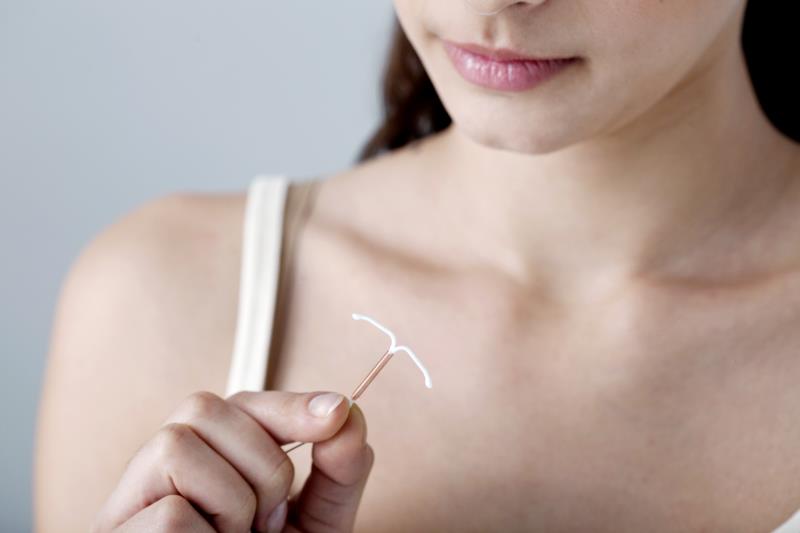IUD helps relieve menstrual pain in teens with disabilities





Use of a levonorgestrel intrauterine device (IUD) can help reduce menstrual bleeding in adolescents with disabilities — thus providing an option for menstrual management in this population with special needs, in whom data on IUD use are lacking.
“IUDs don’t always come to mind for many paediatric providers. This data shows physicians that this treatment option can be immensely helpful and improve a young woman’s quality of life,” said lead author Dr Beth Schwartz from Thomas Jefferson University in Philadelphia, Pennsylvania, US.
“Many young women with disabilities require methods without oestrogen because of medical comorbidities, medication interactions, or decreased mobility that may increase the risk for thrombosis,” explained Schwartz and co-authors.
Levonorgestrel IUDs show great potential in this population with special needs for several reasons, including convenience of use and durability, they pointed out.
“Unlike other hormonal methods, their actions are localized with minimal systemic absorption, side effects, or interactions with other medications or medical problems,” the researchers added.
Among 159 participants (mean age 16.3 years) with physical, developmental, or intellectual disabilities, 65 percent had reduced menstrual bleeding 1 year after placement of IUD. [Pediatrics 2020;doi:10.1542/peds.2020-0016]
As many as 59 percent had stopped bleeding at 1 year. The rate of amenorrhoea was maintained at around 60 percent throughout the duration of IUD use. According to the authors, these rates are higher than the ≤50 percent rate reported in other studies.
Also, most of the participants (95 percent) continued to use the IUD at 1 year, with many still using up to 5 years (73 percent) — which indicates high satisfaction with the treatment.
“These rates are much higher than those reported in studies with adult women without disabilities and compared to other methods of contraception,” stated Schwartz.
Side effects and complications were minimal, occurring at a rate of ≤3 percent overall. The most commonly reported complications were device malposition (2 percent) and expulsion (3 percent).
“[The study] provide much needed data on the therapeutic benefit and safety of this option for menstrual management and contraception this population [of adolescents and young adults with physical, intellectual, and developmental disabilities], for which data are lacking despite recommendations for use,” said Schwartz and co-authors.
The American College of Obstetricians and Gynecologists has listed 52-mg levonorgestrel IUD, for off-label use, as an option for menstrual management among adolescents with disabilities. [Obstet Gynecol 2016;128:e20–e25]
“[However,] many families are apprehensive that the irregular bleeding and cramping after IUD insertion may cause distress for patients with disabilities … [as] patients who are nonverbal or who have intellectual or developmental disabilities may not be able to indicate discomfort that would prompt evaluation for IUD malposition or expulsion,” the researchers noted.
“With these data, we provide reassurance that these complications are rare,” they stated. “These data are promising and should be used to allow more accurate counselling of adolescents with special needs and their families.”